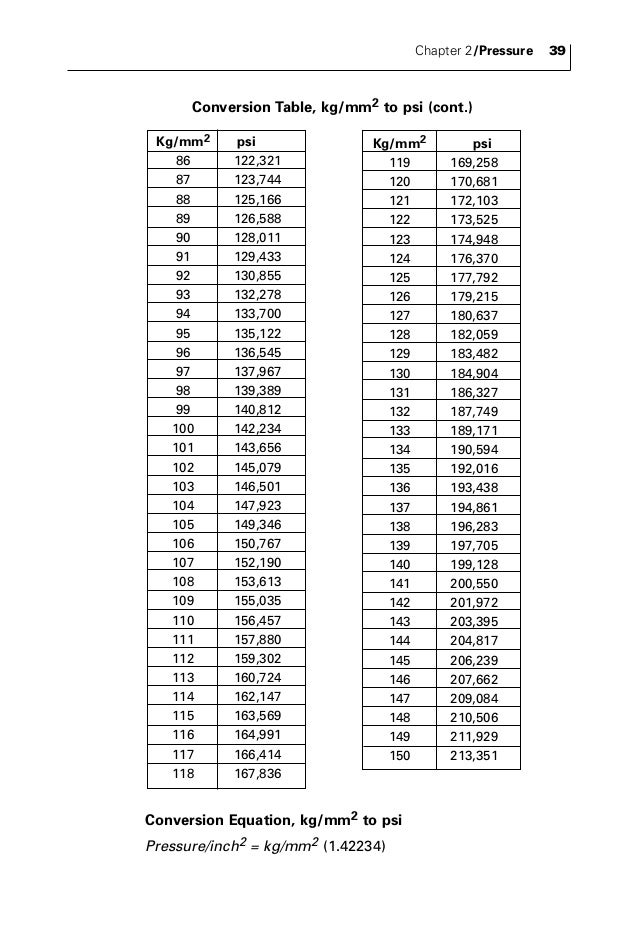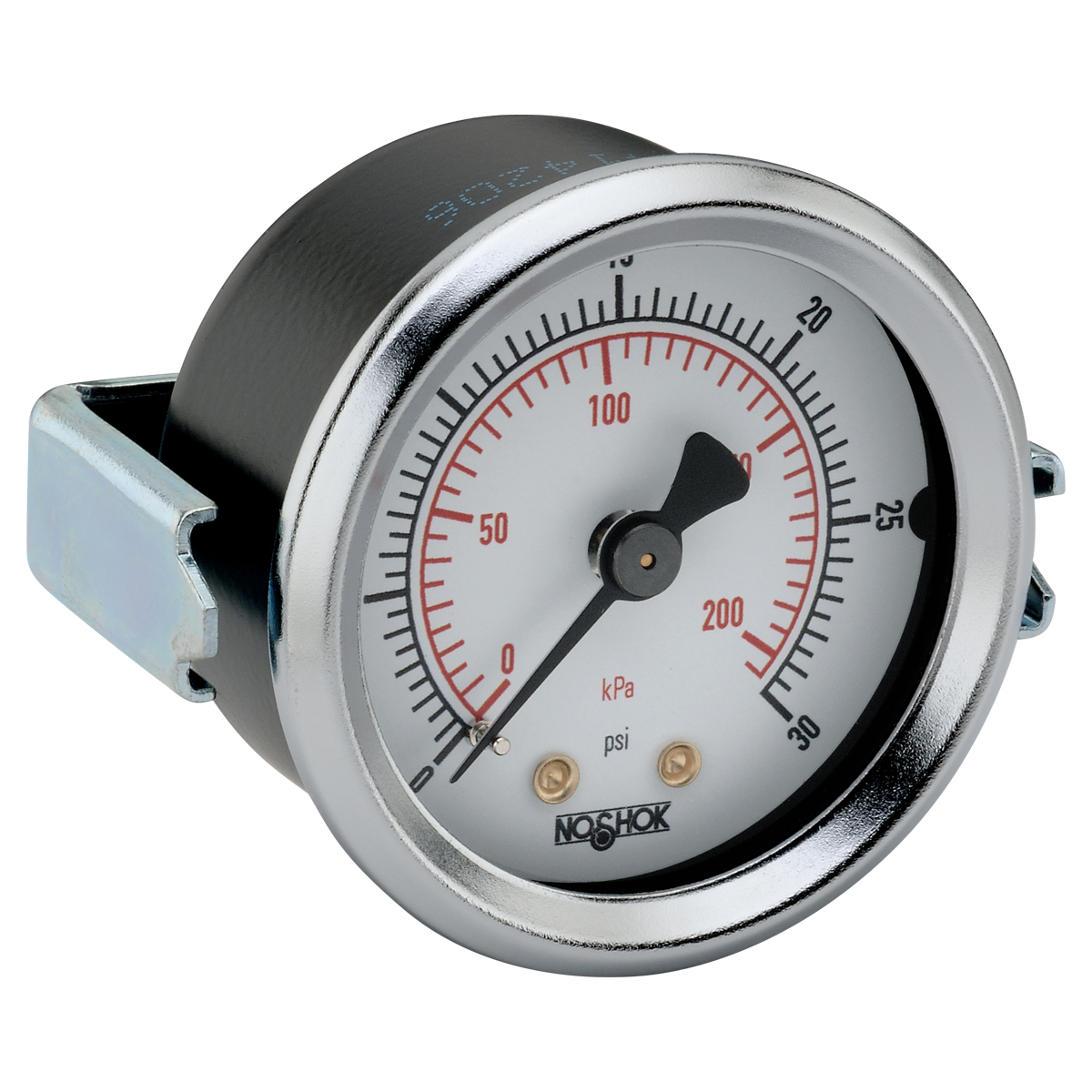

Full SCBA (self-contained breathing apparatus) for IDLH (non-fire) atmospheres: 2216 psig.Union Pacific Big Boy steam locomotive boiler: 300 psig.Steam locomotive fire tube boiler (UK, 20th century): 150–280 psig.Road racing bicycle tire overpressure: 120 psig.Air brake (rail) or air brake (road vehicle) reservoir overpressure (common): 90–120 psig.Bicycle tire overpressure (common): 65 psig.Automobile tire overpressure (common): 32 psig.Atmospheric pressure at sea level (standard): 14.7 psia.Boost pressure provided by an automotive turbocharger (common): 6–15 psig.Natural gas residential piped in for consumer appliance 4–6 psig.Blood pressure – clinically normal human blood pressure (120/80 mmHg): 2.32 psig/1.55 psig.Main article: Orders of magnitude (pressure) When gauge pressure is referenced to something other than ambient atmospheric pressure, then the unit would be pound per square inch differential ( psid). For example, a bicycle tire pumped up to 65 psig in a local atmospheric pressure at sea level (14.7 psi) will have a pressure of 79.7 psia (14.7 psi + 65 psi). The converse is pound per square inch gauge ( psig), indicating that the pressure is relative to atmospheric pressure. Since atmospheric pressure at sea level is around 14.7 psi (101 kilopascals), this will be added to any pressure reading made in air at sea level. The pound per square inch absolute ( psia) is used to make it clear that the pressure is relative to a vacuum rather than the ambient atmospheric pressure. In SI units, 1 psi is approximately equal to 6895 Pa. It is the pressure resulting from a force of one pound-force applied to an area of one square inch. The pound per square inch or, more accurately, pound-force per square inch (symbol: lbf/in 2 abbreviation: psi) is a unit of pressure or of stress based on avoirdupois units. Psi to Kilopascal Conversion Table Psi ġ5 psi = 15 × 6.8947572932 kPa = 103.A pressure gauge reading in psi (red scale) and kPa (black scale) This is true of most countries, including the United States. The kilopascal is more prevalent in scientific contexts such as material science, engineering, and geophysics. Exceptions include certain countries that use either the imperial or United States customary systems of measurement, such as the United States, in which the unit of pound per square inch is more commonly used.

In 1971, at the 14 th General Conference on Weights and Measures, the pascal was adopted as an SI derived unit of pressure.Ĭurrent use: The kilopascal is widely used worldwide in countries that have adopted SI. The kilopascal is simply a multiple of the pascal, as is common within SI. History/origin: The unit, pascal, is named after Blaise Pascal, a French mathematician and physicist. A kilopascal is defined as 1,000 Pa, where 1 Pa is defined as the pressure exerted by a 1 newton force applied perpendicularly to an area of one square meter, expressed as 1 N/m 2 or 1 kg/m Kilopascalĭefinition: A kilopascal (symbol: kPa) is a multiple of the pascal (Pa), an SI (International System of Units) derived unit of pressure used to measure internal pressure, Young's modulus, stress, and ultimate tensile strength. Although the pascal is more widely used in scientific contexts, psi is more often used in everyday contexts, particularly in countries like the United States as well as others under the US customary or imperial systems of units. As such, the prototype pound at the time was known as the avoirdupois wool pound.Ĭurrent use: The psi is fairly widely used to measure numerous pressures, such as tire pressure, scuba tank pressure, natural gas pipeline pressure, among others. The system is believed to have come into use in England around 1300 and was used in the international wool trade. It is based on the avoirdupois system, a system that uses weights in terms of the avoirdupois pound, which was standardized in 1959. History/origin: Pound-force per square inch is a unit that originated in the imperial and US customary systems of units. One psi is approximately 6,895 pascals (N/m 2). It is defined as the pressure that results when a force of one pound-force is applied to a one-square-inch area. Definition: A pound-force per square inch (symbol: psi) is an imperial and US customary unit of pressure based on avoirdupois units.


 0 kommentar(er)
0 kommentar(er)
